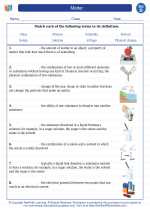Construction: An Introduction
Construction is the process of building or assembling infrastructure, buildings, or other structures. It involves a combination of design, planning, and execution to create functional and aesthetically pleasing spaces for various purposes. From residential homes to large-scale commercial projects, construction plays a vital role in shaping our built environment.
Key Concepts in Construction
Types of Construction
There are several types of construction, including residential, commercial, industrial, and infrastructure. Residential construction focuses on building homes and apartments, while commercial construction involves constructing offices, retail spaces, and other commercial buildings. Industrial construction pertains to facilities such as factories and warehouses, while infrastructure construction involves building roads, bridges, and other essential public works.
Construction Materials
Construction materials vary depending on the type of structure being built. Common materials include wood, concrete, steel, brick, and glass. Each material possesses unique properties that make it suitable for specific construction purposes.
Construction Process
The construction process typically involves several stages, including planning, design, site preparation, foundation laying, structural erection, exterior and interior finishing, and final inspections. Each stage requires coordination among various professionals, including architects, engineers, contractors, and construction workers.
Study Guide
Key Terms
- Foundation: The base on which a building or structure rests, providing stability and support.
- Blueprint: A detailed plan or drawing that outlines the design and specifications of a construction project.
- Structural Integrity: The ability of a structure to withstand its intended loads and forces without failing or collapsing.
- Contractor: A professional responsible for overseeing and managing construction projects.
- Sustainability: The practice of creating structures that have minimal negative impact on the environment and are energy-efficient.
Discussion Questions
- What are some common challenges faced during the construction process?
- How do different construction materials impact the design and functionality of a structure?
- Why is it important for construction projects to adhere to building codes and regulations?
- Discuss the role of technology in modern construction practices.
- What are some considerations for incorporating sustainable practices in construction?
Activities
- Visit a construction site or take a virtual tour to observe the various stages of construction and the use of different materials.
- Research and present a case study of an innovative and sustainable construction project from around the world.
- Engage in a group discussion about the ethical considerations in construction, such as worker safety and environmental impact.
- Create a simple model or blueprint of a building using everyday materials to understand the basic principles of construction.
◂Science Worksheets and Study Guides Fourth Grade. Matter
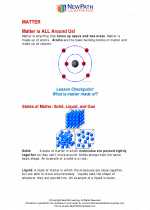
 Worksheet/Answer key
Worksheet/Answer key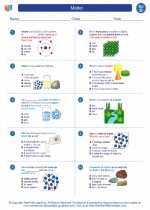
 Worksheet/Answer key
Worksheet/Answer key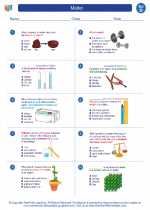
 Worksheet/Answer key
Worksheet/Answer key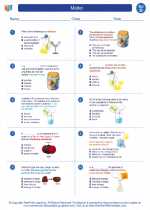
 Worksheet/Answer key
Worksheet/Answer key
 Vocabulary/Answer key
Vocabulary/Answer key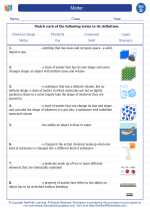
 Vocabulary/Answer key
Vocabulary/Answer key